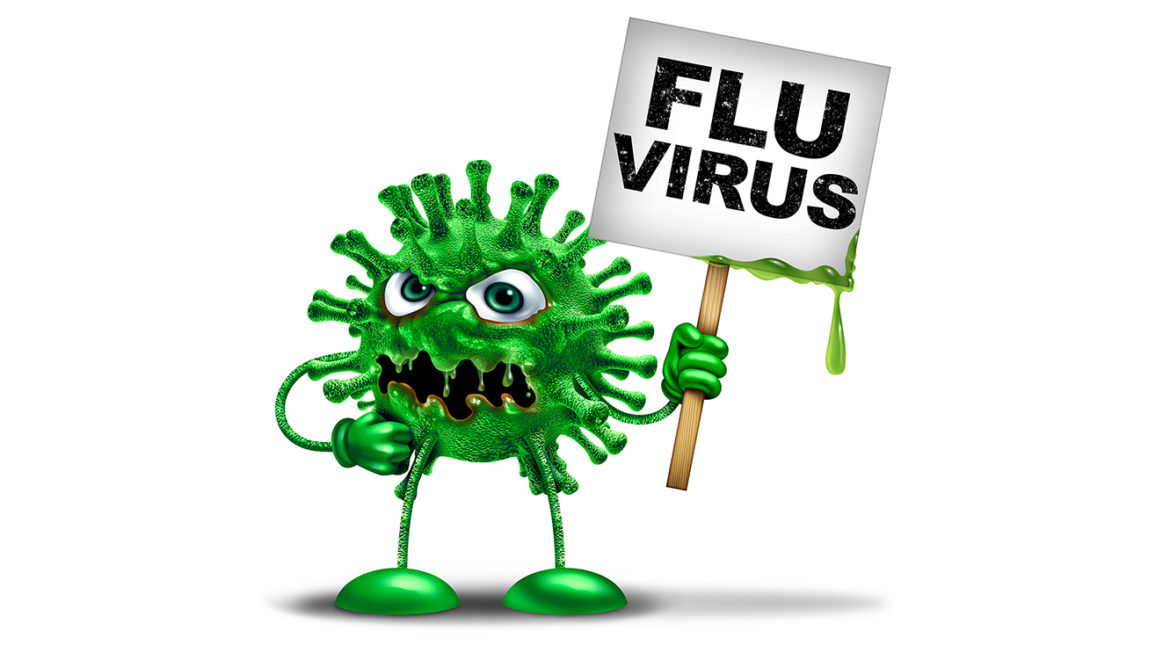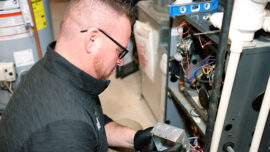Defend Your Home and Declare War on Cold and Flu Season
It’s war, folks, and we’re right in the thick of it. The wrath of winter, truly, knows no bounds. Is it not enough for this dreadful season that it makes us stay indoors? It also wants to make us sick? Winter creates the perfect conditions for the cold and flu virus to survive and flourish. Hands down, winter wins for being the worst. Fear not (and excellent choice for clicking this link), there are several ways you can defend your home against viral invaders, hopefully helping to keep winter’s minions at bay.
Here are some tried-and-true methods to fight back against the malady madness:
1. Minimize Mold
Mold is sort of a background fighter in the cold and flu war. It’s not directly linked to the virus but plays a part by impacting your immune system, thus making you more susceptible to illness.
- Mold thrives in moist areas: keep your bathrooms clean and continuously wipe down wet surfaces.
- Promptly replace broken tiles or worn out caulking.
- Keep an eye on your pipes. Even the smallest leak can fester into a mold’s paradise.
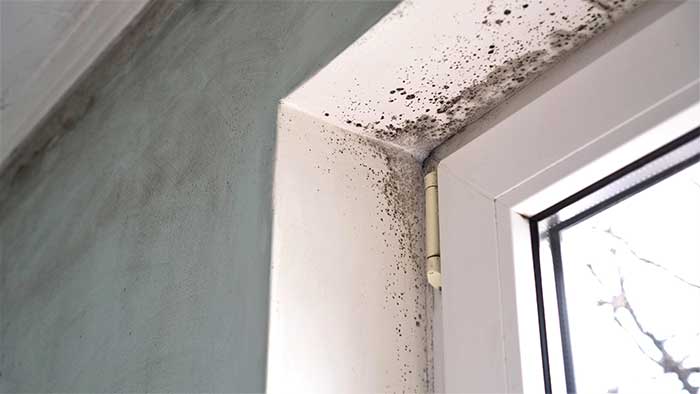
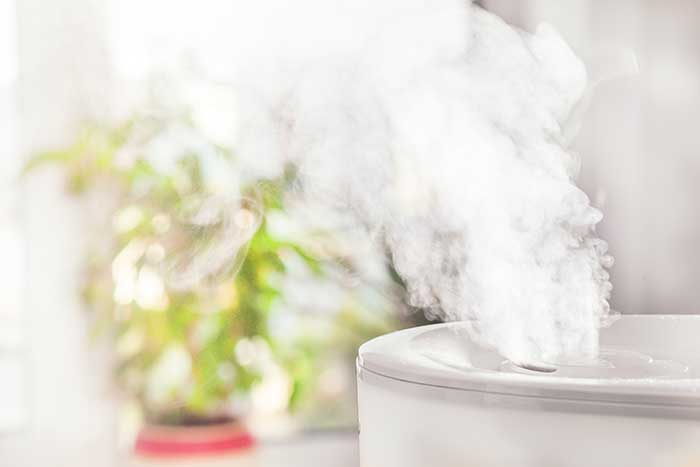
2. Have a Handle on Your Home’s Humidity
Consider investing in a hygrometer: this device measures your home’s indoor humidity levels. Your home should fall between 40-50% humidity during the winter months. There is a fine line here: too much humidity provides a favorable environment for mold and bacteria and too little helps along the little virus villains.
Ask an HVAC professional what your options are for whole home humidification.
3. Temperature Control
Adjust your thermostat. Viruses thrive in cold temperatures. Viral particles released into the air (via cough or sneeze) can survive for up to 48 hours! 2 days people! Keep that thermostat at a minimum of 68° to fight these hardy invaders.

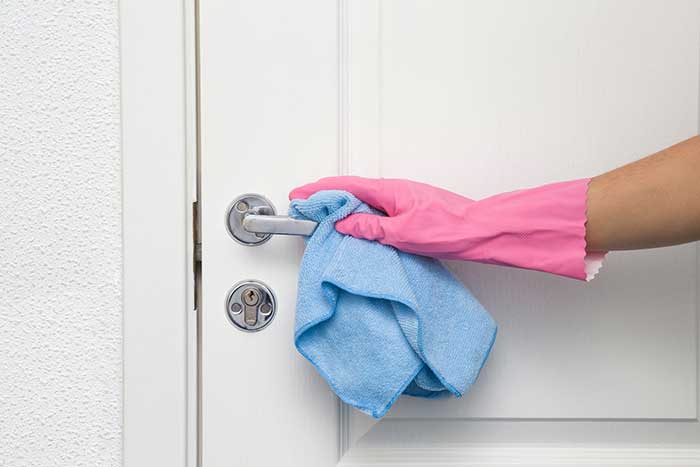
4. Decontaminate!
This one is pretty obvious, but its importance warrants mentioning. Cold and flu viruses are relentless little beasts; they can hold on for up to 8 hours on hard surfaces. Sharpen your wartime swords by washing your hands, sanitizing your counters, phones, doorknobs, refrigerator handles, everything! A steam cleaner goes a long way in this battle.
5. Pick Those Filters and Pick Them Well
Dirty filters are bad news. They are both harmful to your HVAC system and your family’s health. A professional can assist, but as a rule of thumb, select a filter that has a MERV rating between 7 and 12. These filters are pleated and trap bacteria, dust, pollen and pet dander. You will do well to know that filters with higher MERV ratings trap more pollutants, but can also restrict airflow, thus putting more of a strain on your HVAC system. Consider these filters your first line of defense. It’s recommended to change filters every 2-3 months during the annual cold and flu war.
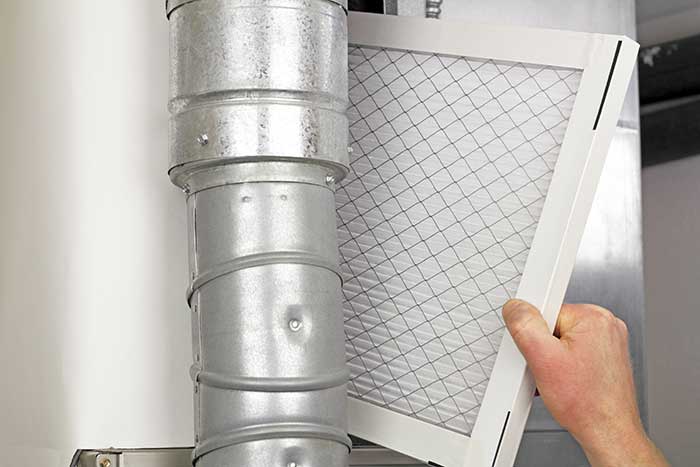
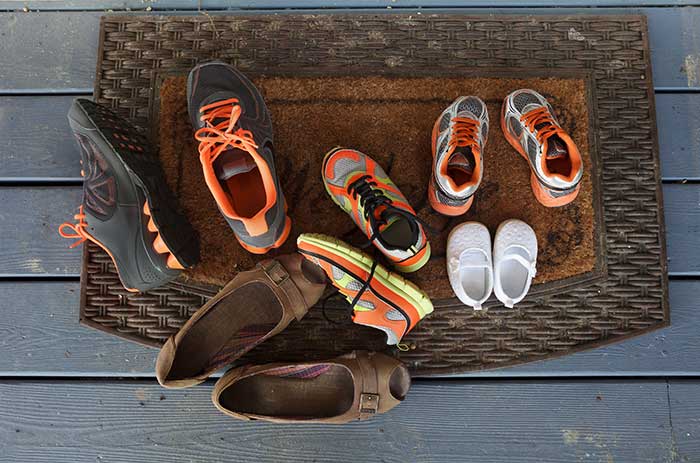
6. Leave Your Shoes at the Door
Don’t aide the virus monsters by trekking their allies into your home. Flu viruses and bacteria are known to reside in mud, dirt and debris. Keep a clean doormat on both the inside and outside of every door for good measure.
7. Launder Your Linens
Your home already has 2 strong allies in this war: your washer and dryer. Wash your linens, towels, rugs, and even your window treatments regularly in hot water.
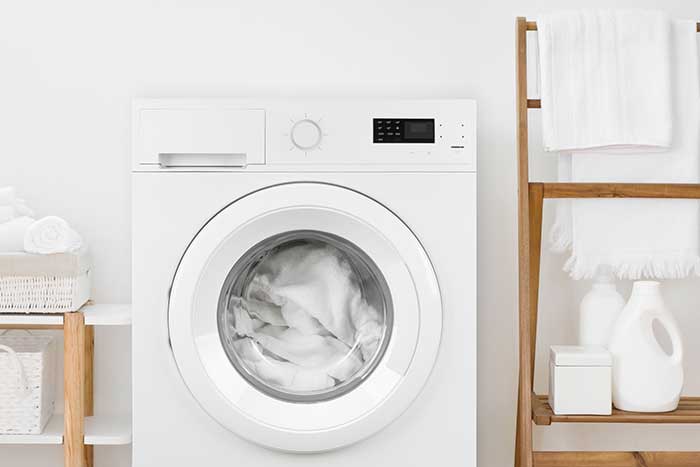
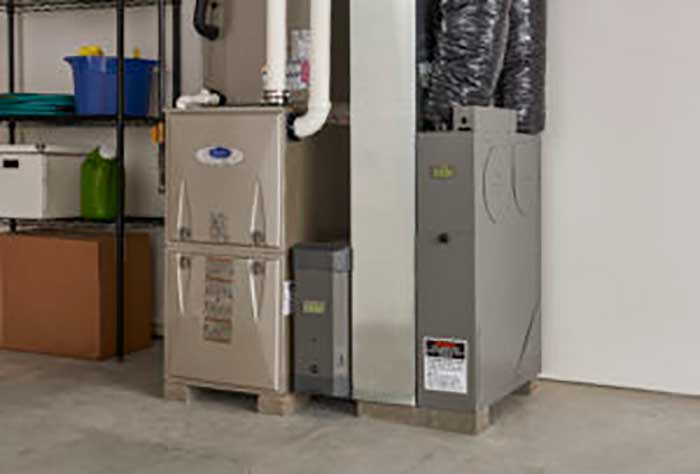
8. Consider a Whole Home Air Cleaner
A whole home air filtration and purification system would be like a 5 star general in your war against the cold and flu virus. These systems work in conjunction with your home’s HVAC system to capture and destroy up to 99% of harmful airborne particles in your home. In addition, consider an ultraviolet light component. If there was a 6 star general rating, adding a UV light factor to this system would earn it.
The annual cold and flu war is a long one, and they put up a good fight. If you haven’t been beaten down already, you’re not out of the woods yet. Utilize these tools and declare war on these ruthless viruses. Good luck, soldiers.

